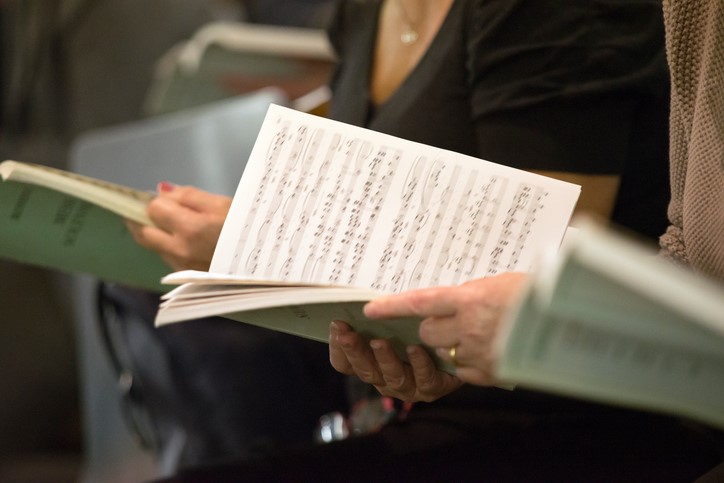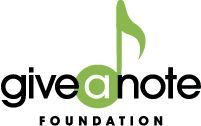The State of Music Education in United States Public Schools, 2017

Thanks to a generous grant from the Country Music Association Foundation, Give a Note announces new research on music education in U.S. public schools.
Last school year, Give a Note Foundation, with support from the Country Music Association Foundation, sought to understand music education in our nation’s public schools. The Foundation interviewed music educators and supervisors across the United States in 2016, and distributed a survey to a sample of schools with music education programs in 2017. The survey and the interviews with music educators and supervisors provided context for the work music teachers do every day. Some highlights from the study include:
- Traditional, ensemble-based music education is by far the most common form of music education in America. The most common music course offerings are band, chorus, and orchestra, and their variations (such as marching band or show choir). This is evident across elementary, middle, and high schools.
- Fundraising is an important part of being a music educator, especially in urban districts and in secondary schools. Music educators in urban settings viewed fundraising as a necessity, central to their offering a quality music education program. Fundraising for these teachers was not seen as supporting enrichment of their music education program. Our results showed the most money was raised by high school music programs and the least by elementary programs, and this relationship was consistent across urban cities. This likely reflects increased costs for essential equipment like instruments and ancillary costs like travel that are more prevalent in middle and high school music programs.
- Professional development for music teachers varies considerably. One key finding from the surveys is that music educators receive fewer professional development (PD) opportunities within their district that are germane to their content area – music – than PD opportunities outside of their field.
-
- Music teachers want to invest in musical instruments. If given an unexpected allocation of additional funds, 79% of music educators would spend those dollars on instruments for their students. Capital needs – instruments and resources for students – lead the pack in terms of how music educators would spend new dollars. Given the lack of capital funds available in many states and school systems following the Great Recession, this finding resonated with interviewees as well.
- Local leadership is key. Interviewees emphasized the important roles that building principals and site administrators play in determining music education opportunities for students. Local control and site-based management were often used to describe how and who determined music education offerings. In large, decentralized districts with site-based management, often the difference between a school with an outstanding music program and a neighboring school with a faltering or nonexistent music program is simply the principal’s desire to support or withhold support for music teaching and learning. One interviewee stated, “Each elementary school gets to choose its ‘prep’ offering. General music in elementary schools often serves as the ‘prep’ offering – 1 hour/week. Faculty at the school get to vote on content for prep time – music, science, etc. If they don’t like a music teacher, they can vote that teacher (and the program) out.”
The study goes on to discuss how these findings and other findings can shape the work Give a Note and other foundations can do to support music education, as well as ways to move the practice in the field forward through professional development, resources, and advocacy.
Lynn M. Tuttle is the Director of Public Policy & Professional Development of the National Association for Music Education (NAfME). Give a Note Foundation is an affiliate of NAfME.








